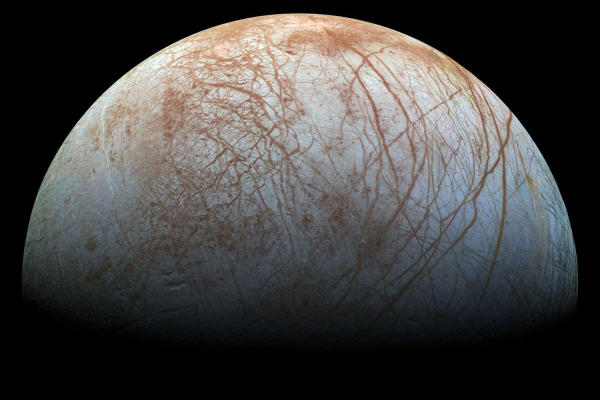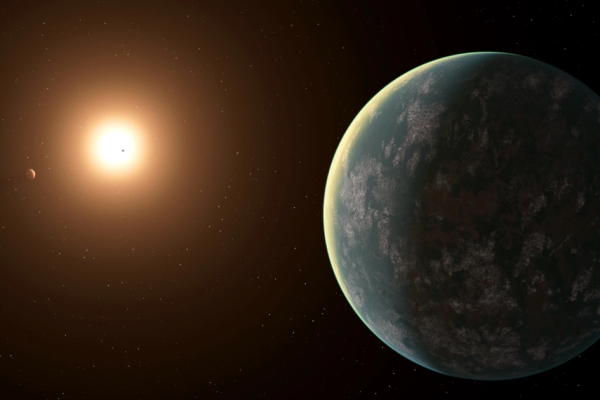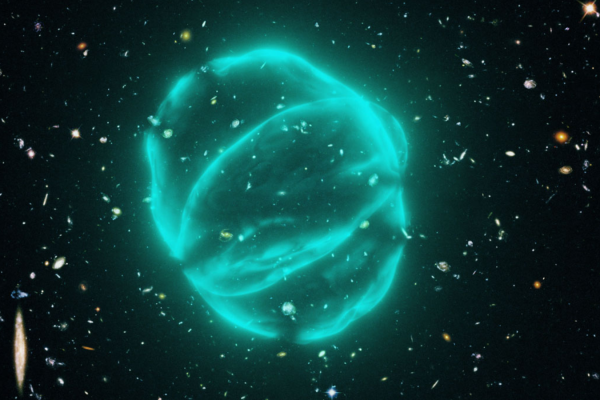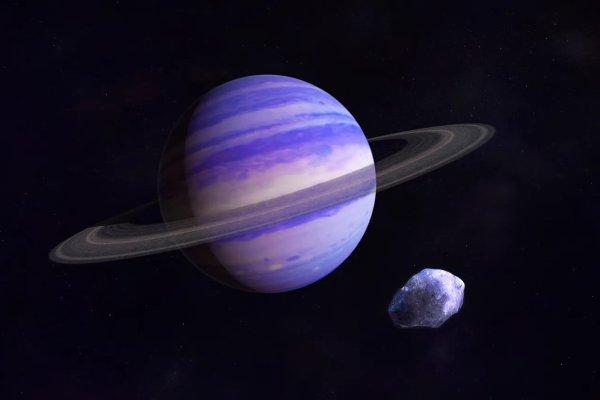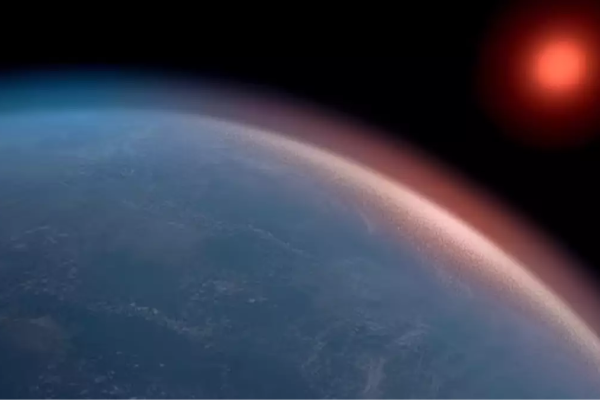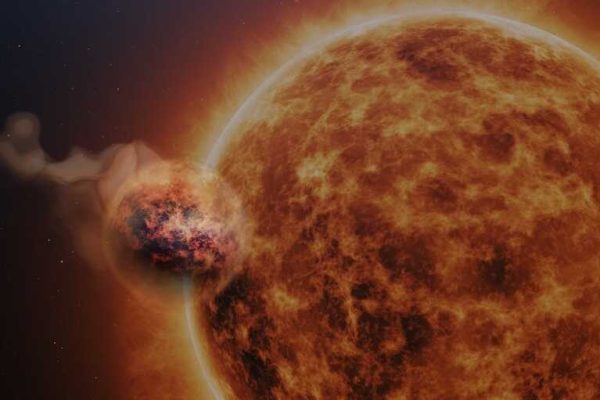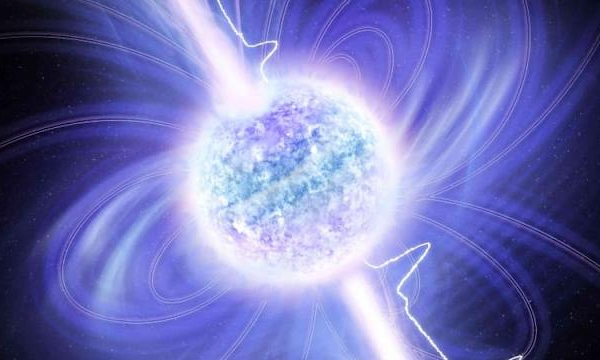
Closest-Ever Fast Radio Burst Unlocks New Clues About the Universe’s Mysteries
Astronomers made a breakthrough in 2025 with the detection of the brightest and nearest Fast Radio Burst (FRB) ever observed — located just 130 million light-years away in the galaxy NGC 4141. What makes this discovery extraordinary is not just the brightness, but that scientists managed to precisely pinpoint the source’s location to a region…

